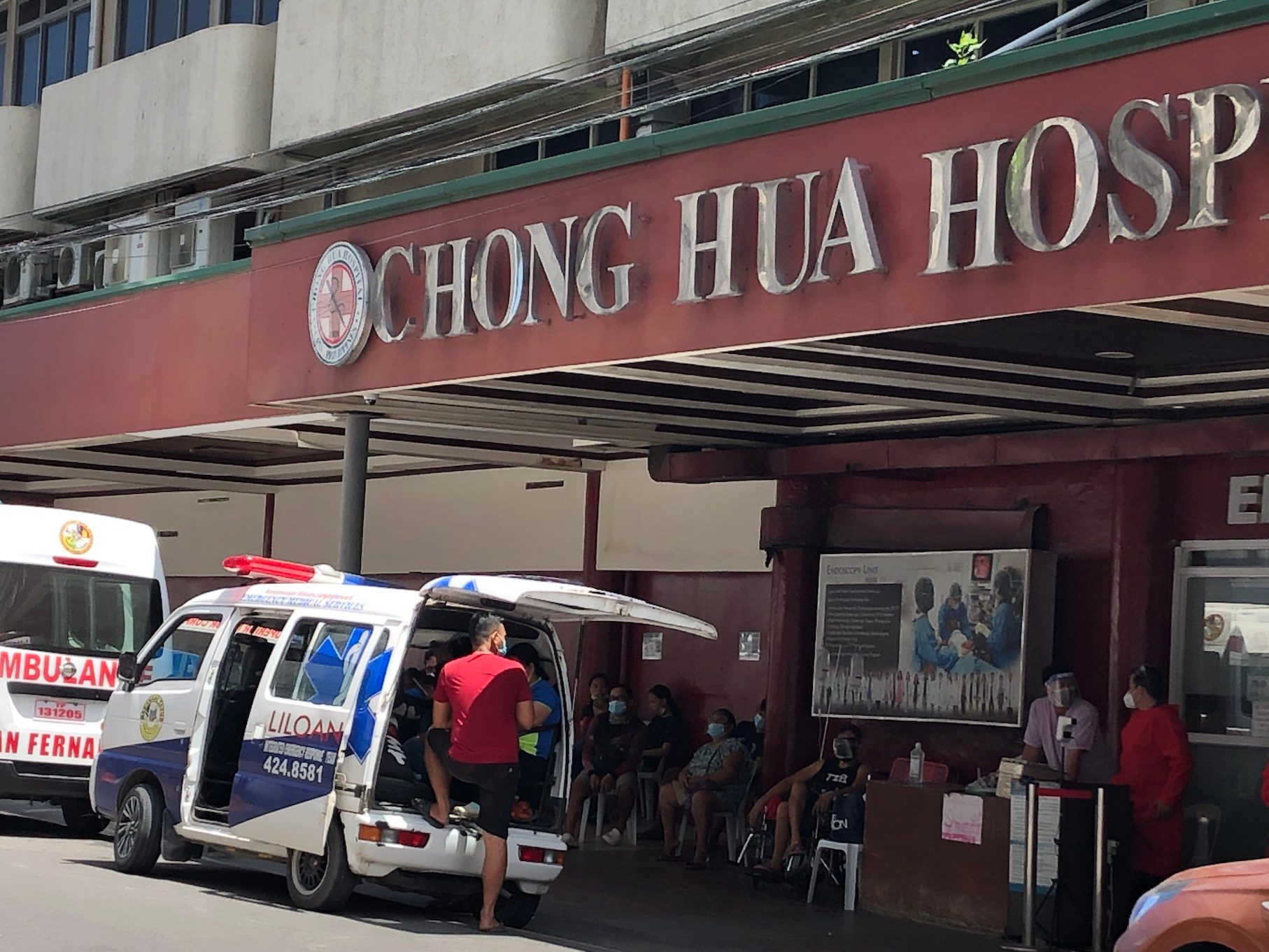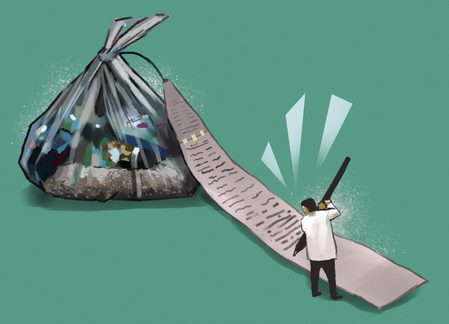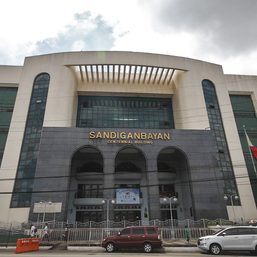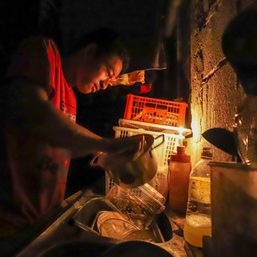SUMMARY
This is AI generated summarization, which may have errors. For context, always refer to the full article.

COVID-19 deaths in Cebu island exceeded the 4,000-mark on Saturday, September 18.
As of Monday, September 20, COVID-19 has claimed 4,116 lives in the entire island.
The Department of Health (DOH) in Central Visayas on Monday said Cebu province recorded a total of 2,072 COVID-19 deaths, with more than half tallied this year from August up to September 20.
Cebu City had 1,330 deaths as it continued to grapple with its worst COVID-19 surge.
Mandaue City logged 358 deaths, two deaths higher than the 356 deaths in Lapu-Lapu City.
In a press briefing on Monday morning, Health Undersecretary Maria Rosario Vergeire said the DOH included Central Visayas, where Cebu territories belong, among the eight regions being monitored due to the high number of COVID-19 deaths in the first half of September.
Aside from Central Visayas, the DOH was also keeping tabs on Metro Manila, Central Luzon, Calabarzon, Central Visayas, Western Visayas, Cagayan Valley, Ilocos, and the Cordillera Administrative Region.
“These regions posted the highest deaths for the first two weeks of September. Their average daily deaths show (an) increasing trend since August,” Vergeire said.
Central Visayas had an average of 32 recorded deaths per day in August while partial DOH data show an eight-death rate per day.
Delta and Cebu borders
As of Monday, September 20, the DOH had recorded 3,027 known cases of the highly transmissible Delta variant, which has been driving the surge in infections across the world.
However, there are concerns that actual figures may be higher since the Philippine Genome Center is only sequencing a small percentage of the positive cases.
Data from the DOH show that the Delta variant accounts for 24.2% of all the variant cases from the 12,530 samples sent for genome sequencing since the country started biogenomic surveillance this year.

In an online seminar hosted by the University of the Philippines (UP), health experts zeroed in on the pandemic situation in the provinces including Cebu.
Dr Leonell Albert Quitos, an internal medicine adult infectious disease fellow in Iligan City, said that during the first few months of the pandemic, returning residents from the National Capital Region (NCR) have contributed to the rise of infections in the provinces like Iligan.
“But now, the rise of cases are attributed to local (transmissions)” Quitos said.
Dr. Bryan Albert Lim, an infectious disease specialist in Vicente Sotto Memorial Hospital in Cebu City, said that border control is “always tricky” in an archipelago like the Philippines.
“The cornerstone really is community response. (If contract tracing, testing, and isolation are well-implemented, even if there are infected residents returning to provinces, we can still track them)” Lim said.
He urged other provinces to take the Delta variant seriously, adding, “We thought it was already okay. During the second surge, the mortality rate was decreasing. But when Delta came, it really tested the systems that were in place.”
Lim said the first two surges in Cebu occurred in August 2020 and in March to April this year.
“The surge last year was the most painful professionally and personally. I lost my dad last August to COVID-19 and I almost lost my mother. During that time many were still clueless,” Lim said.
Lim said, however, that he’s glad Cebu City has learned a lot after going through those surges.
Rappler reported earlier that COVID-19 positivity rate dropped to over 10% in early September from a high of 26% in August, which local officials saw as an improvement from the city’s worst surge. – Rappler.com
Art Lubiano is a Visayas-based journalist and an awardee of the Aries Rufo Journalism Fellowship.
Add a comment
How does this make you feel?










There are no comments yet. Add your comment to start the conversation.